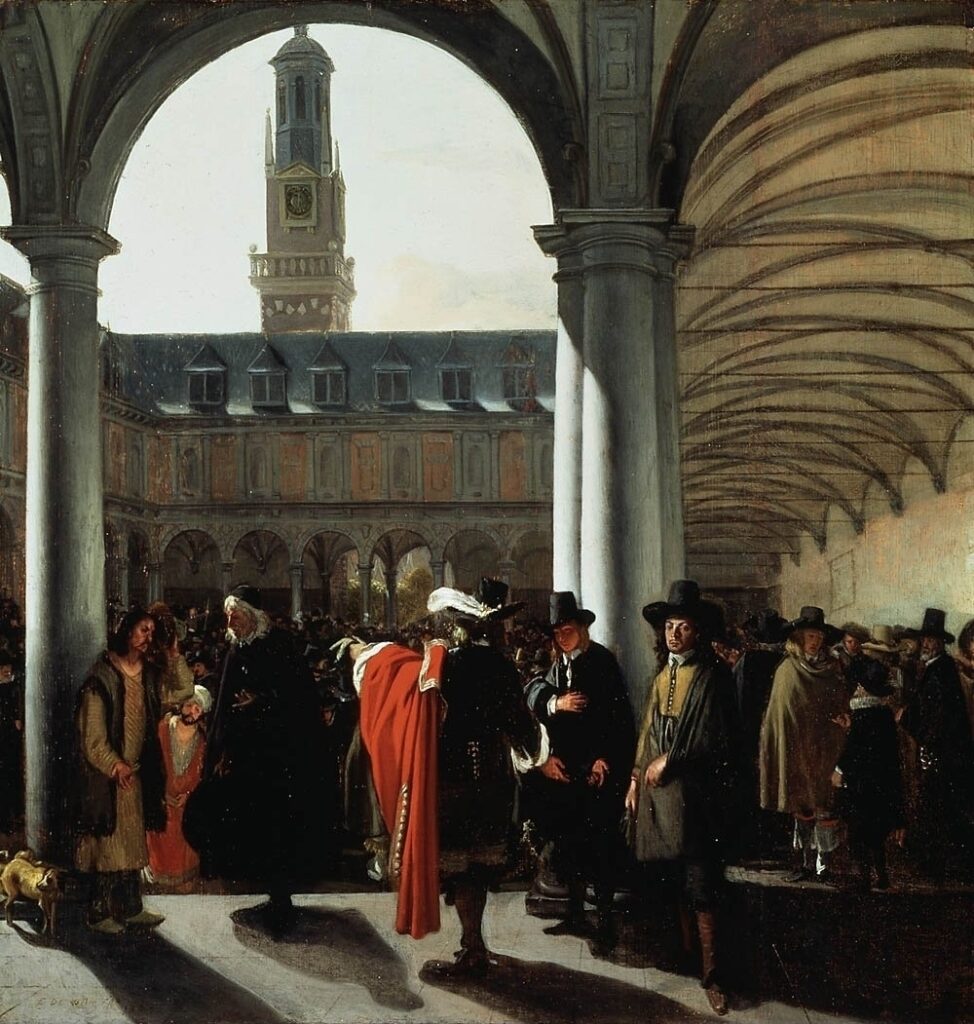
390 years ago, in May 1633, the Polish ambassador Jan Zawadzki visited the Northern Netherlands. In the name of King Władysław IV Waza, who had recently been elected to rule the Polish-Lithuanian Commonwealth, Zawadzki addressed the Dutch States-General. He sought to convince the Dutch to side with Poland against Sweden, which he accused of threatening Dutch-Polish trade relations. In addition, he argued that an alliance between Poland and the United Provinces would bolster their ‘ancient friendship and trade relations’. His Latin speech was even published in Dutch translation. Unfortunately for the Polish diplomat, however, the States-General were displeased with the titles Zawadzki gave to them, and they answered only in general terms.
Nevertheless, the Polish account of Zawadzki’s mission, possibly written by a secretary, suggests that the ambassador was fascinated by the Dutch Republic, especially Amsterdam. The text states:
‘The beautiful buildings of this city, the canals that cut through it, the streets lined with linden trees, the forests of ship masts, the rich merchant storehouses, the ubiquitous traffic, activity and work, and their reward: abundant wealth, pleasantly enraptured our spirits and bid us to say with a sigh: if only we could see all this back home!’
The account also mentions several popular tourist attractions in Amsterdam, such as homes for the elderly, the trade exchange and the headquarters of the East India Company (VOC), where foreigners could marvel at exotic goods and spices. As such, the account mirrors many other seventeenth-century texts about Amsterdam, written in prose and poetry by local and foreign authors alike, who thus created a canonical image of the city.
*I originally wrote this post for the social media outlets of the Dutch Embassy in Poland. This was post no. 44.